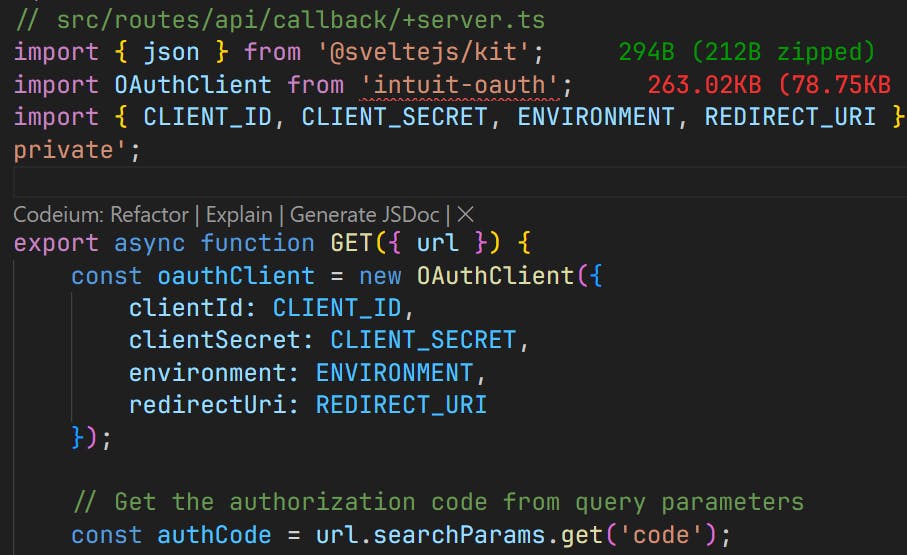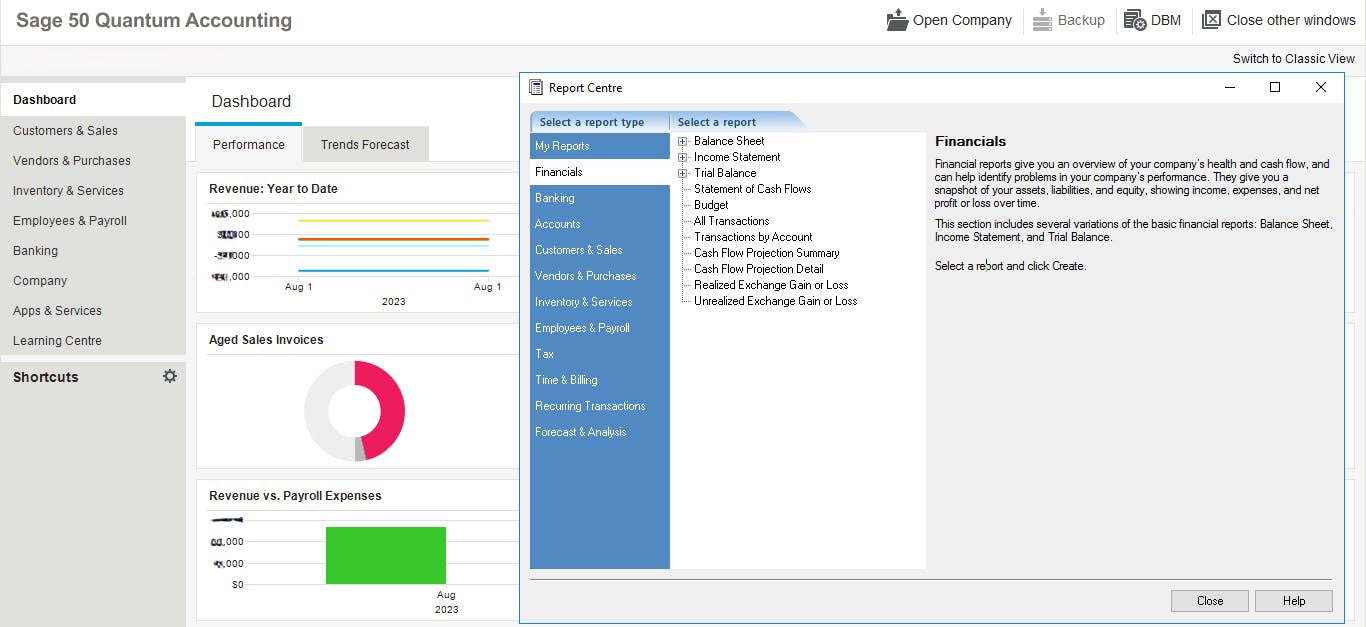
Margin Magic: Unveiling Hidden Profit Opportunities in Your Online Store
Running an online store can be a thrilling venture, but it's not without its challenges. One of the most crucial aspects of ensuring your business's success is maintaining healthy profit margins. In this post, we'll explore the concept of "Margin Magic" and uncover hidden profit opportunities that can take your online store to new heights.

Understanding Profit Margins
Before we dive into the strategies for boosting your profit margins, let's take a moment to understand what they are and why they matter. In simple terms, profit margin is the percentage of revenue that remains after deducting all expenses. It's a key indicator of your business's financial health and sustainability.
Imagine your online store as a pie. Each slice represents a different aspect of your business, such as product costs, shipping expenses, marketing spend, and overhead. The size of each slice varies depending on how much you allocate to each area. The remaining portion of the pie represents your profit margin. The larger this slice, the more profitable your business is.
The Importance of Healthy Profit Margins
Maintaining healthy profit margins is essential for several reasons:
- Sustainability: Higher profit margins provide a buffer against unexpected expenses and market fluctuations, ensuring your business can weather tough times.
- Growth Opportunities: With more money in your pocket, you can reinvest in your business, expand your product line, and explore new marketing strategies.
- Competitive Advantage: Healthy profit margins allow you to offer competitive prices while still generating sufficient revenue to grow your business.
Strategies for Boosting Profit Margins
Now that we understand the significance of profit margins let's explore some practical strategies for boosting them in your online store.
1. Optimize Your Pricing Strategy
One of the most effective ways to increase profit margins is by optimizing your pricing strategy. This doesn't necessarily mean raising prices across the board. Instead, consider the following approaches:
- Value-Based Pricing: Set prices based on the perceived value your products offer to customers. If your products solve a unique problem or provide exceptional quality, you can justify higher prices.
- Dynamic Pricing: Adjust prices based on demand, competition, and market trends. Tools like repricing software can help you automate this process.
- Bundle Pricing: Offer product bundles at a discounted price compared to purchasing items individually. This encourages customers to spend more while increasing your average order value.
Real-World Example: Apple is known for its value-based pricing strategy. They price their products higher than competitors because they offer a unique ecosystem, seamless user experience, and high-quality design.
2. Streamline Your Supply Chain
Another way to boost profit margins is by optimizing your supply chain. Look for opportunities to reduce costs without compromising quality:
- Negotiate with Suppliers: Build strong relationships with your suppliers and negotiate better prices or terms. Bulk ordering can often lead to significant discounts.
- Optimize Inventory Management: Implement an inventory management system to avoid overstocking or running out of popular items. This helps reduce holding costs and prevents lost sales due to stockouts.
- Reduce Shipping Costs: Evaluate your shipping options and carriers to find the most cost-effective solution. Consider offering free shipping thresholds to encourage larger orders.
Metaphor: Think of your supply chain as a well-oiled machine. Each component, from sourcing materials to delivering products, must work seamlessly to minimize costs and maximize efficiency.
3. Focus on High-Margin Products
Not all products are created equal when it comes to profit margins. Identify your high-margin products and prioritize their promotion and visibility:
- Conduct a Product Audit: Analyze your product lineup to determine which items have the highest profit margins. Consider factors like production costs, shipping expenses, and market demand.
- Promote High-Margin Products: Give prominence to your high-margin products on your website, in marketing campaigns, and through targeted email promotions.
- Develop Private Label Products: Consider creating your own private label products, which often have higher profit margins compared to reselling third-party brands.
Real-World Example: Fashion retailers often have higher profit margins on accessories like jewelry and handbags compared to clothing items. By prominently displaying and promoting these high-margin products, they can boost overall profitability.
4. Implement Upselling and Cross-Selling Techniques
Upselling and cross-selling are powerful techniques for increasing average order value and profit margins:
- Upselling: Encourage customers to purchase a higher-priced version of the product they're interested in. Highlight the additional features or benefits that justify the higher price.
- Cross-Selling: Suggest complementary products that enhance the customer's experience with their primary purchase. For example, if a customer buys a camera, recommend a compatible lens or camera bag.
- Bundles and Kits: Create pre-packaged bundles or kits that include multiple related products at a discounted price. This not only boosts order value but also simplifies the purchasing process for customers.
Metaphor: Upselling and cross-selling are like adding extra toppings to an ice cream sundae. The base sundae represents the primary product, while the toppings (upsells and cross-sells) enhance the overall experience and value.
5. Leverage Email Marketing
Email marketing is a cost-effective way to nurture customer relationships and drive repeat purchases, ultimately boosting profit margins:
- Segment Your Email List: Divide your email subscribers into segments based on their purchase history, interests, and behavior. This allows you to send targeted, relevant content that resonates with each group.
- Personalize Your Messaging: Use customer data to personalize email content, including product recommendations, special offers, and abandoned cart reminders.
- Encourage Loyalty: Implement a loyalty program that rewards customers for repeat purchases. Offer exclusive discounts, early access to new products, or gift with purchases to incentivize loyalty.
Real-World Example: Amazon's email marketing strategy is a prime example of effective segmentation and personalization. They send targeted product recommendations based on a customer's browsing and purchase history, increasing the likelihood of repeat purchases.
Conclusion
Margin Magic is all about uncovering hidden profit opportunities in your online store. By optimizing your pricing strategy, streamlining your supply chain, focusing on high-margin products, implementing upselling and cross-selling techniques, and leveraging email marketing, you can significantly boost your profit margins.
Remember, running a successful online store is a continuous process of learning, adapting, and optimizing. Regularly review your profit margins and be proactive in implementing strategies to improve them. With persistence and a customer-centric approach, you can unlock the full potential of your online store and achieve long-term success.

